Class Reptilia | Phylum Chordata Subfamily Gekkoninae Rank Species | |
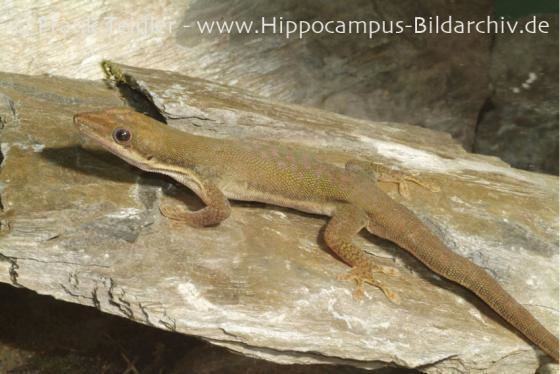 | ||
Similar Phelsuma lineata, Phelsuma consis, Phelsuma abbotti, Phelsuma nigristriata, Phelsuma astriata | ||
Phelsuma dubia 0 0 1 ohne scheu
Phelsuma dubia, dull day gecko, olive day gecko, or Zanzibar day gecko, or "green day gecko" is a diurnal species of gecko. It is about 15 centimetres (5.9 in) in length and lives on the western coast of Madagascar, in the Comoros, and the coast of East Africa. It typically inhabits trees and can also be found near human dwellings. The Dull day gecko feeds on insects and nectar.
Contents
- Phelsuma dubia 0 0 1 ohne scheu
- Exo terra madagascar phelsuma dubia phelsuma pusilla lineata complex
- Scientific synonyms
- Description
- Distribution
- Habitat
- Diet
- Behaviour
- Reproduction
- Care and maintenance in captivity
- References
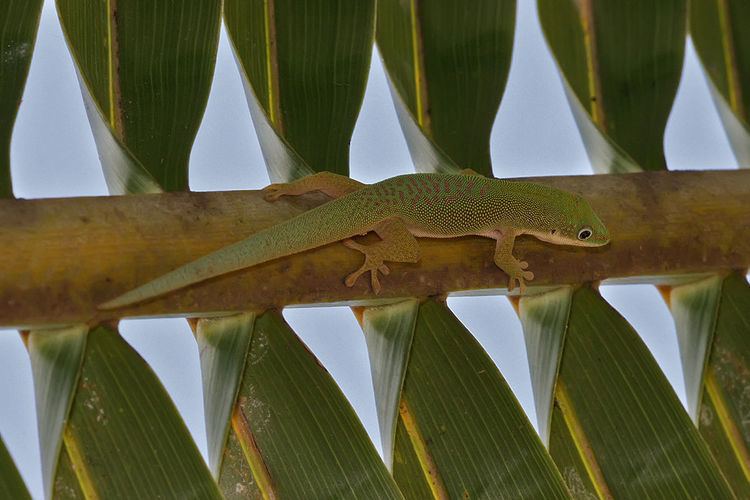
Exo terra madagascar phelsuma dubia phelsuma pusilla lineata complex
Scientific synonyms

Description
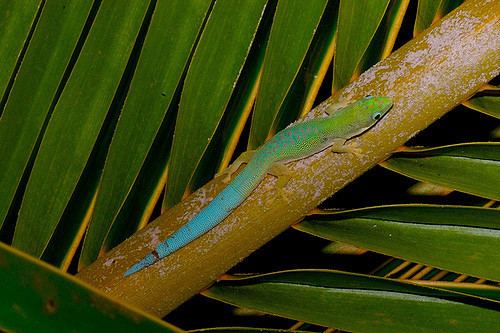
This lizard belongs to the medium-sized day geckos. It can reach a maximum length of approximately 15 cm. The body colour varies between grayish green, grayish brown and bluish green. The tail may be bright blue. A rust-coloured stripe extends from the nostril to the eye. There is a red v-shaped stripe on the snout. On the back there often are brownish or red-brick coloured dots. A gray lateral stripe extends from the eye to the hind leg. The ventral side is off-white coloured. Juveniles have a light brown dorsal surface with little light blue spots. The tail of neonates is yellow.
Distribution
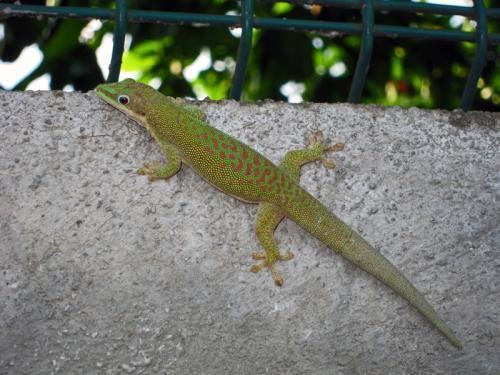
This species inhabits the west coast of Madagascar in the general area of Majunga. It can also be found in the Comoros, in Zanzibar, and some coastal areas of mainland Tanzania.
Habitat
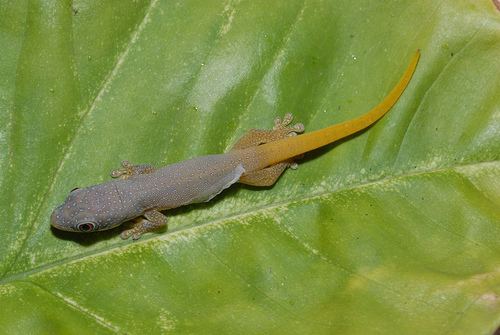
P. dubia can easily adapt to different biotopes. These day geckos are often found on different trees and other lowland vegetation. They also inhabit buildings.
Diet

These day geckos feed on various insects and other invertebrates. They also like to lick soft, sweet fruit, pollen, nectar and balsamic vinegar.
Behaviour
P. dubia often lives in small groups with one male and several females.
Reproduction
The females are egg gluers. They often lay their eggs in the same location as other females.
Care and maintenance in captivity
These animals should be housed in pairs and need a medium-sized terrarium. The temperature should be between 25 and 28 °C. The humidity should be not too high. In captivity, these animals can be fed with crickets, wax moth, fruit flies, meal worms and houseflies.
